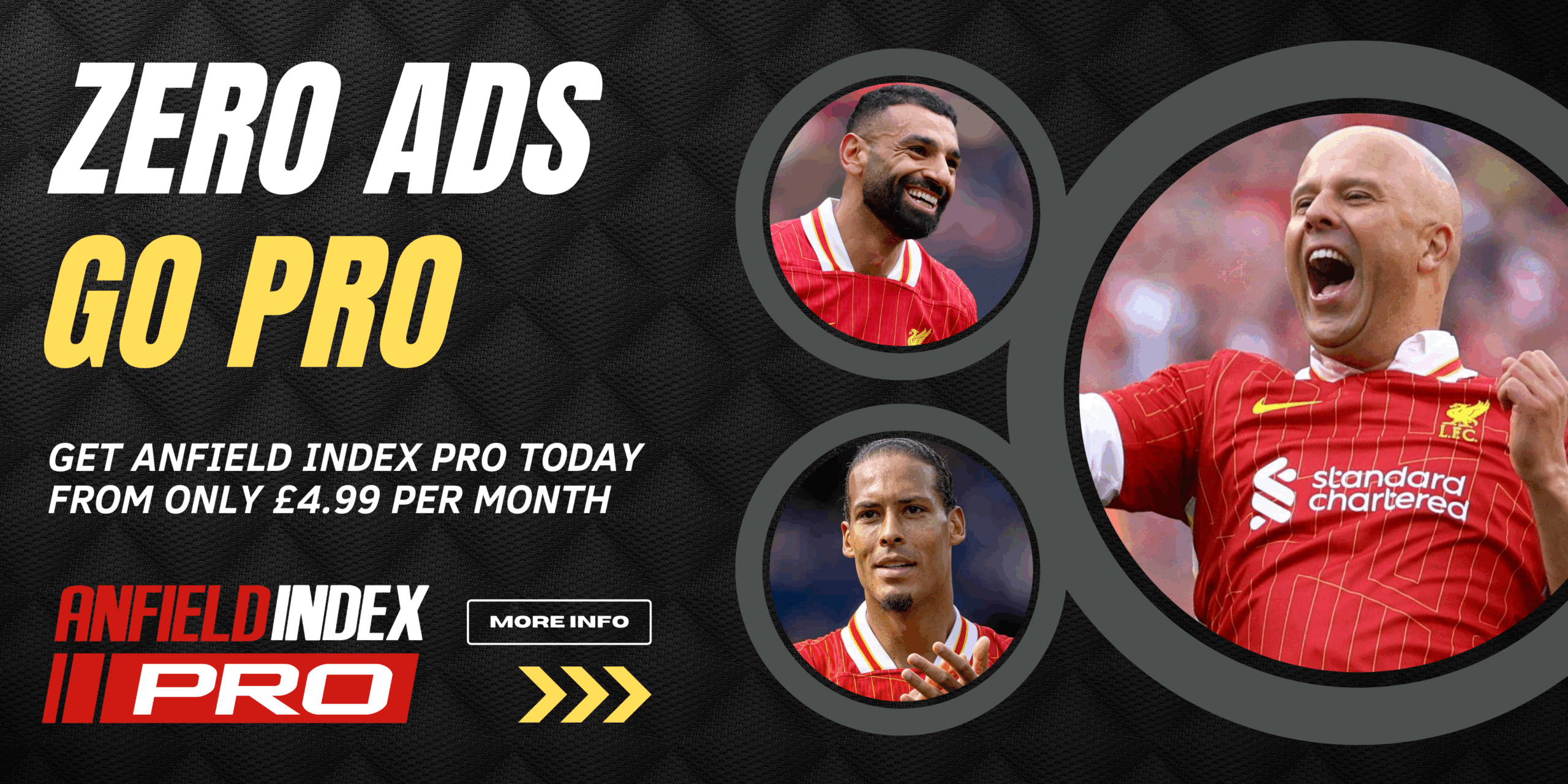Evolution of Liverpool FC Kits: Design, Technology & Sponsorship from 1892 to 2025
Foundations: Blue-and-White Beginnings (1892-1910)
Liverpool’s first league appearance on 3 September 1892 saw the team in quartered blue-and-white shirts, blue shorts and socks—a deliberate break from Everton’s then-red strip. The look lasted just four seasons but symbolised the fledgling club’s independence.
By 1896 Liverpool had embraced red shirts with white shorts, aligning with the city’s civic livery. Early cotton jerseys were heavy, soaking up Mersey rain; players sometimes changed at half-time to avoid the chill, an anecdote preserved in club archives. My own view, having handled one of these woollen relics at the Anfield museum, is that their coarse weave probably sapped stamina more than any tactical mis-step of the era.
Edwardian Tweaks and the Dawn of Crest Embroidery
In 1901 the city liver bird crest appeared intermittently, usually on commemorative finals kits. Needlework was outsourced to local tailors on Walton Breck Road—hardly scalable, but a vital step toward brand identity.
Establishing the Red Identity (1910-1964)
Umbro supplied many inter-war strips, yet fabrication remained basic: heavyweight flannel and laced collars that players cut with scissors for comfort. Supporter memories from the 1950 FA Cup run recall red dye bleeding onto white shorts in torrential London rain—a reminder that colour-fast technology still lagged behind aesthetics.
Psychological Power: Shankly’s All-Red Masterstroke
On 25 November 1964, manager Bill Shankly instructed Ron Yeats to model red socks with the red shirt and shorts he’d trialled in training. “You’ll look seven feet tall,” Shanks proclaimed. Liverpool beat Anderlecht 3-0 that night, and the all-red kit became permanent, embedding an aura of danger and dominance.
Former captain Yeats later told club historians that opponents “saw a wall of red before a ball was even kicked.” I’d argue Shankly’s switch is the single greatest kit-led culture hack in football history: no tactics board adjustment ever delivered such an immediate psychological dividend.
Manufacturer Partnerships & Fabric Innovation (1965-2025)
| Era | Supplier | Material/Tech Highlights | Notable Details |
| 1973-85 | Umbro | Nylon-cotton blends, first V-necks | Double diamond became synonymous with Paisley’s title teams |
| 1985-96 | Adidas | Ventex polyester, iconic trefoil & three stripes | Re-entering 2025 after two previous stints |
| 1996-06 | Reebok | PlayDry moisture control | Introduced shadow liver bird watermark |
| 2006-12 | Adidas (return) | ClimaCool mesh panels | Istanbul-inspired gold trim 2006/07 |
| 2012-15 | Warrior | Bold graphic necklines | First U.S. supplier in PL |
| 2015-20 | New Balance | NB Dry lightweight knit | ‘96’ eternal flames neck tape memorial |
| 2020-25 | Nike | Dri-FIT ADV, 100 % recycled polyester, heat-map ventilation | Debut season yielded record global sales |
| 2025- | Adidas (third spell) | Parley Ocean Plastic yarns, Heat.RDY zones | €50 m+ per-year deal, full men’s & women’s lines |
The Tech Arms Race
Nike’s 2024/25 shirt weighs 155 g—less than half of its 1989 cousin—and wicks sweat 30 % faster according to internal testing. Adidas vows to top that next season with rib-knit structures mapped to players’ thermographic scans. As a sports-science lecturer, I see this convergence of biometrics and garment engineering as the next frontier; kit rooms will soon resemble R&D labs.
Sponsors: From Hitachi to Standard Chartered (1979-2025)
Liverpool became the first English club to feature a shirt sponsor when Hitachi’s logotype appeared in 1979. The commercial journey since charts both football’s globalisation and brand-marketing trends: Hitachi, Crown Paints, Candy, Carlsberg’s 17-year run, and Standard Chartered, recently extended to 2027.
“Each logo freeze-frames an era,” explains sports-marketing analyst Dr Maya Kerr. “Candy embodies late-80s consumer tech optimism, Carlsberg the beer-led fan culture of the 90s.” In my view, Standard Chartered’s minimal wordmark cleverly avoids colour clash, preserving kit purity better than any predecessor.
Midway through this sponsorship chronicle it’s tempting—like punters chasing 100 free spins no deposit or wagering—to assume every new logo guarantees revenue jackpot. In reality, poorly aligned partners can dilute heritage; Liverpool’s rigorous vetting contrasts with some rivals’ scatter-gun deals, underscoring how brand fit matters as much as cash.
Sleeve Patches and Secondary Inventory
Since 2017, additional sleeve sponsors have created a micro-economy. Expedia’s current patch appears on 2 million replica units annually, showcasing how even peripheral real estate commands premium exposure.
Culture, Fans & Merchandising Booms
Global Reach
The 2022 Nike launch shattered club e-commerce records: 2 m shirts sold in 12 hours, driven by TikTok reveal clips and “virtual try-on” filters. Supporters from Nairobi to Nagoya posted unboxing videos, proving kits have become both streetwear and digital content fodder.
Collectors’ Market
Match-worn 1989 Adidas shirts fetch up to £4,000 at auction. Specialist platforms report 18 % year-on-year value growth—outperforming some equities. The rise parallels curated gambling guides like Slot Day’s trusted bonus picks: niche expertise turns hobby into semi-professional pursuit. For shirt hunters, provenance is everything; a cracked felt Carlsberg print can add £800.
Expert Round-Table
- Simon Hughes, The Athletic: “Liverpool’s kit story mirrors its tactical evolution—bold leaps under visionary managers, refinement under corporate stewardship.”
- Dr Kate Richardson, Textile Engineer: “The shift to recycled fibres at scale by Nike and Adidas shows football apparel now drives sustainability R&D rather than just borrowing from it.”
- Neil Atkinson, The Anfield Wrap: “Fans debated Warrior’s daring collars more than transfer gossip in 2013. That emotional investment in fabric speaks volumes about identity.”
From my perspective, kits are wearable time capsules: slip on the 2005 European-cup jersey and you can almost hear Gerrard’s header hitting the net in Istanbul.
Looking Ahead: 2026 and Beyond
- Adaptive Ventilation: Smart yarns that open micro-vents based on sweat pH.
- NFT-Backed Authenticity Chips: Blockchain-linked NFC tags to verify genuine merchandise.
- Gender-Specific Tailoring: Separate pattern blocks for women’s replica shirts—already piloted in 2024 third kit. Nike’s data shows female fit returns dropped 35 % year-on-year.
Sustainability will remain non-negotiable; Adidas’ Parley yarns repurpose 11 plastic bottles per shirt. On-demand printing may slash overstock, aligning club finances with eco goals.
Conclusion: A 133-Year Thread of Innovation and Identity
From blue-and-white quarters to recycled-polyester performance skins, Liverpool’s kit journey reflects football’s transformation from Victorian pastime to tech-laden global business. Each design tweak, fabric breakthrough and sponsor logo layers fresh meaning onto the famous liver bird. The impending 2025 reunion with Adidas closes one loop while opening another: a chance to blend heritage stripes with next-gen sustainability.
For supporters, pulling on the latest shirt remains a ritual of belonging—part fashion statement, part historical tribute. And much like the team’s ever-evolving tactics, the kit will continue to adapt, innovate and, ultimately, inspire. In Shankly’s words, red still signals power; in 2025, that power is stitched with code, conscience and an unbreakable bond between club and crowd.




